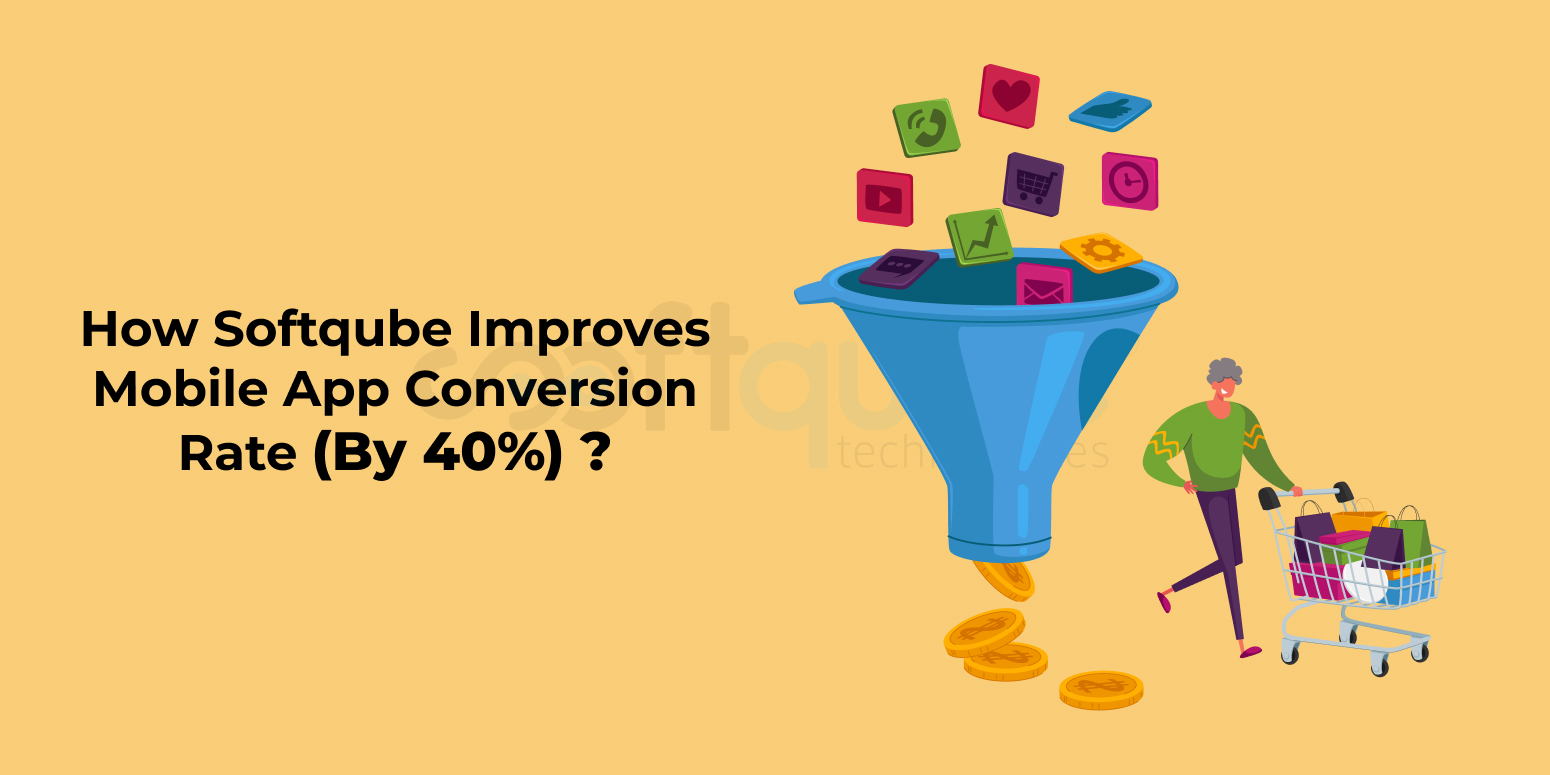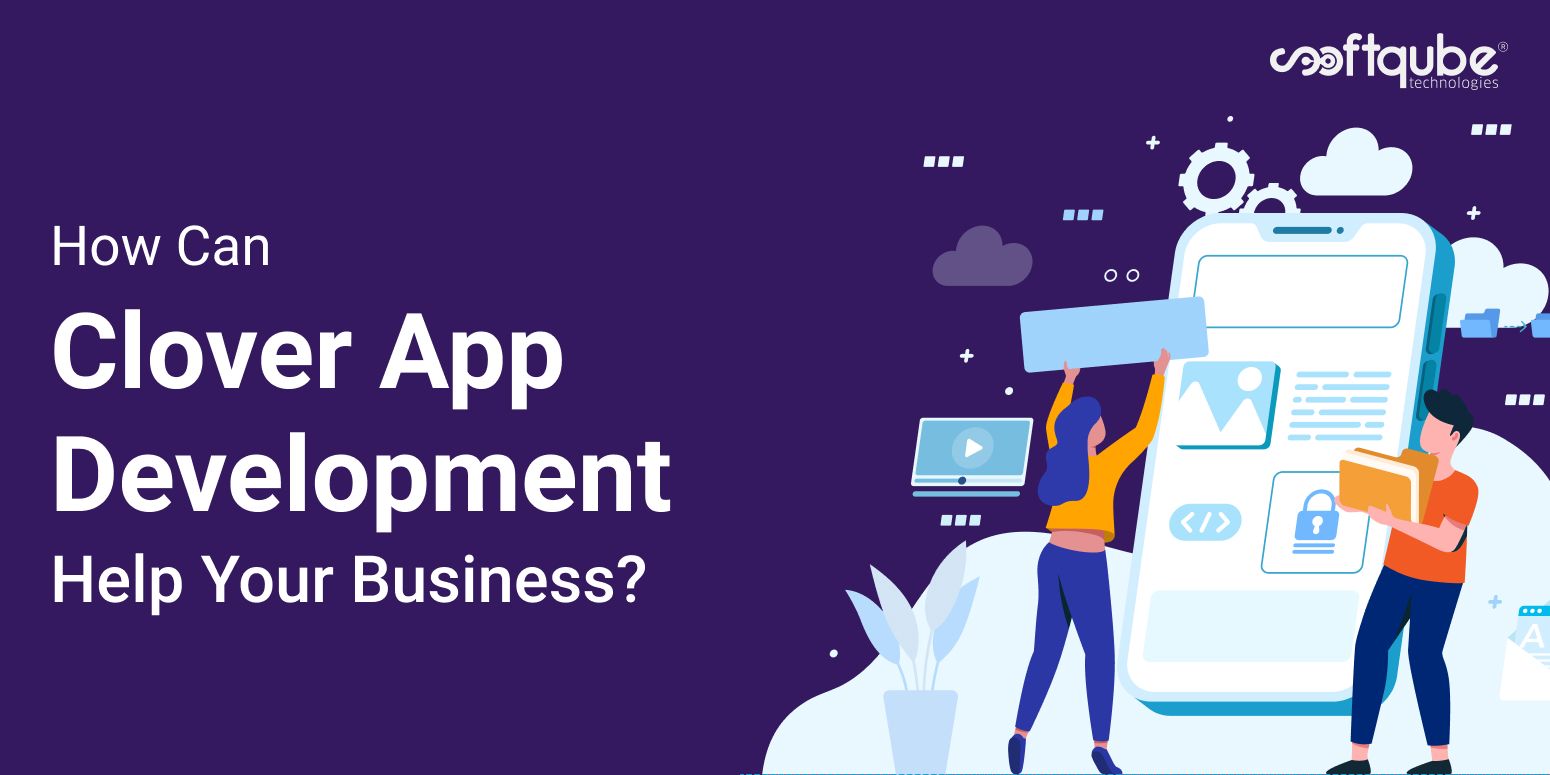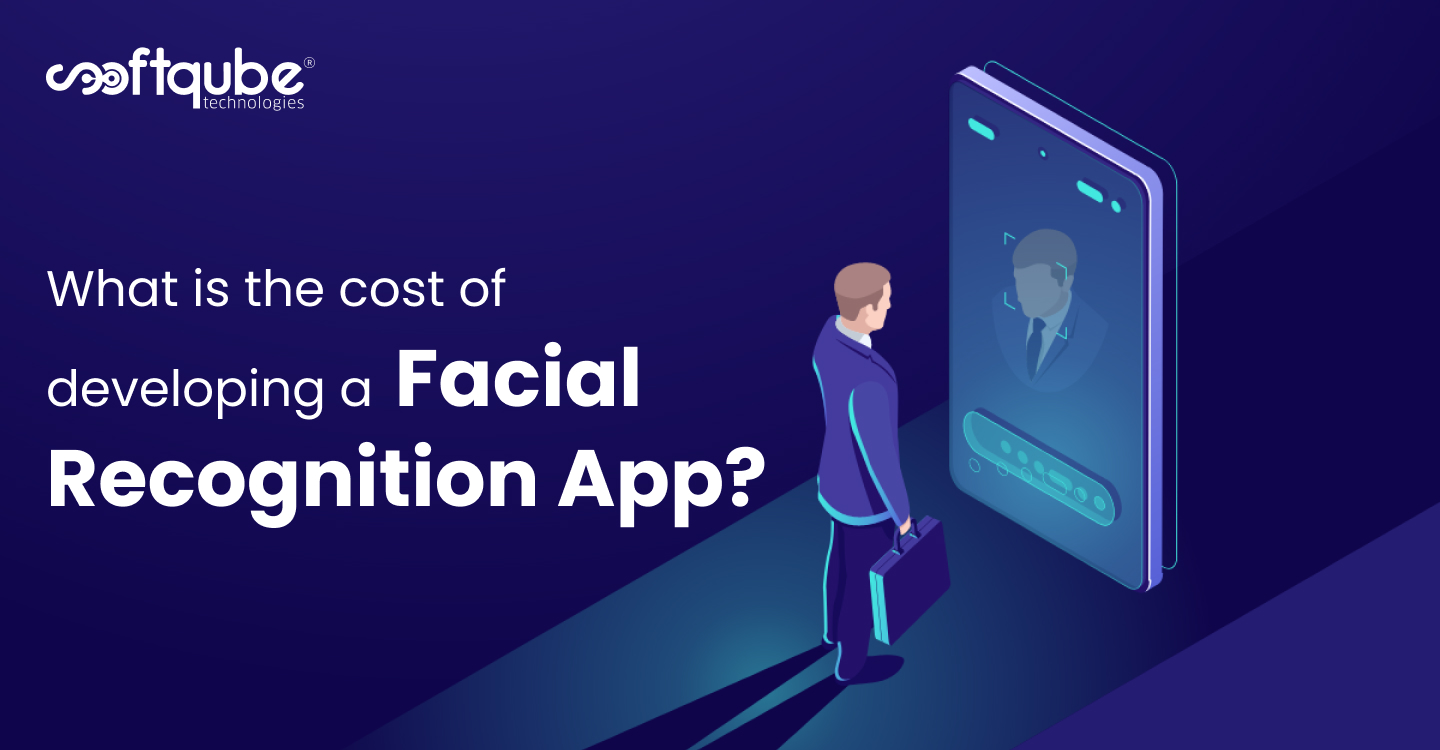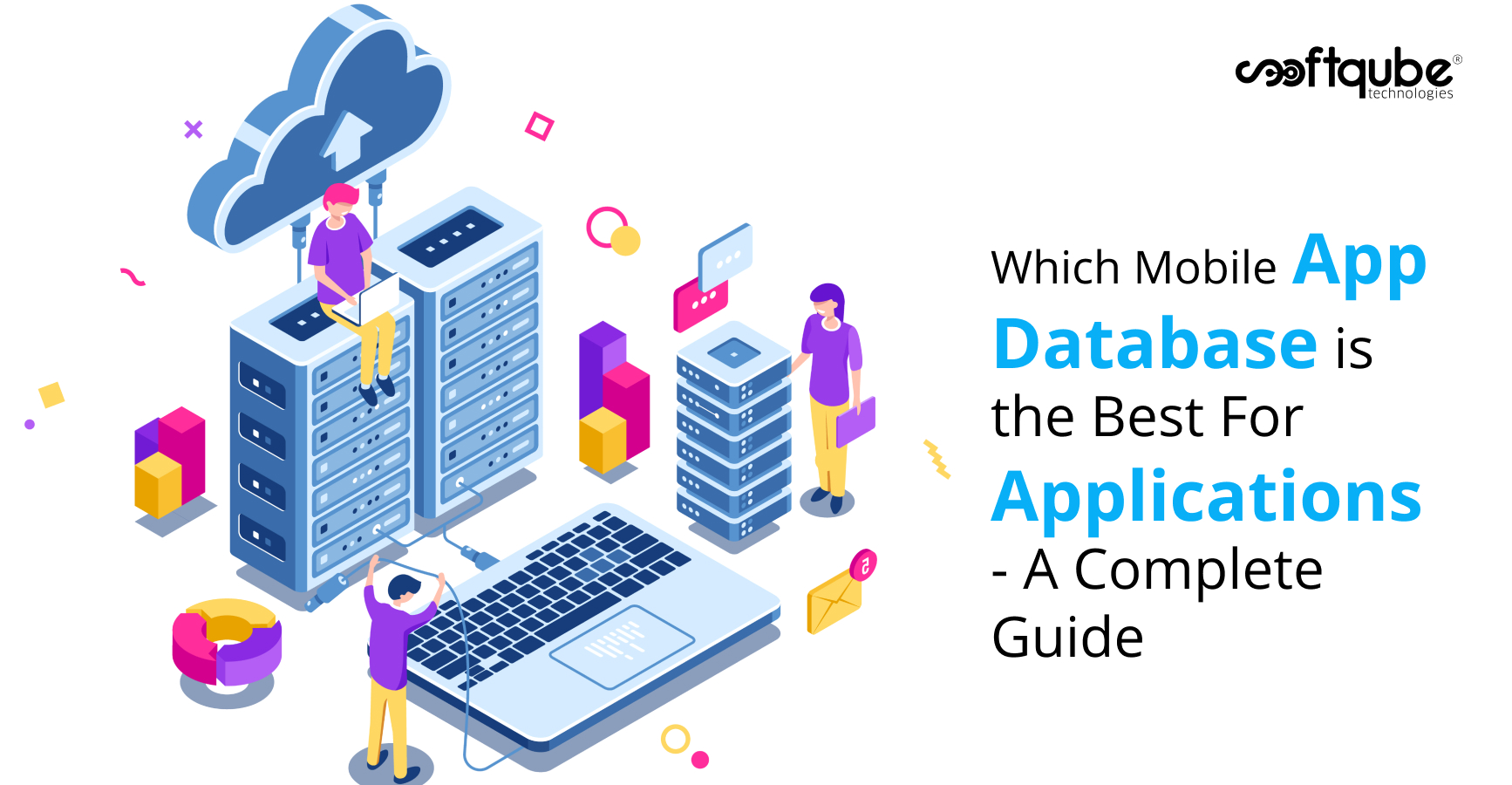Every brand dreams to spike up its conversion ratios that can give the highest customer acquisition and retention. The article will take you through the exciting journey that will guide you on how to convert this ultimate dream into a potential reality.
So let us get started.
What is Mobile App Conversion Rate?
Mobile app conversion rate, shortly known as MAC stands for the number of desirable activities that take place on your applications. In a broader sense, the conversion rate can be calculated in two ways.
One is by the total number of app downloads and the second by calculating the number of users who make an app purchase.
Mobile app conversion rate is a crucial tool for all app developers because it portrays the app performance in the app store with regards to the final customer base activities. It exhibits the final user behavior while utilizing the app and the impressions that your app creates into their lives. Moreover, it identifies the connection between the users who have found your app, go ahead and download it, register themselves in it and also begin making in-app purchases.
How Is MAC Calculated?
Calculating MAC is very easy and straightforward. Take the number of users who took action on your app, divide it by the total traffic that visited your app store page, and multiply it by 100.
Calculation of the Mobile App Conversion rate mostly depends on the kind of industry you are into. The user action which defines the MAC varies from industry to industry. The image below shows actions for various app categories that act as conversion points.
How Softqube Can Help You Increase Mobile App Conversion Rate?
Several factors impact mobile app conversion. With the help of various tools and strategies, you can achieve a higher rate for your awesome app.
At Softqube, we use the below strategies and methods to increase our customers’ mobile app conversion rates by 40%.
1. Simplify the Actions For Your App Users
While the user is making a purchase, the smallest of the hurdle can put him down without taking the next move. To avoid this from happening, we make sure the conversion action of your app remains smooth, intuitive, and flawless.
Also, we ensure that the processing time gets tested and again until it gets refined to its limits. The payment gateway integration, response time, security features, etc. must reflect the ease of doing business with you.
2. Streamlining Processes and Manage Friction Points
The apps are designed with the purpose to serve the user for their better. In that case we identify the friction points and bottlenecks in your user journey. We see if your app needs email registration, GPS tracking, or data privacy.
Many successful app marketers have highlighted how one extra step can result in thousands of users bouncing back. We recognize such friction points and remove them. We ensure that all the steps in your processes are necessary, and make it a delightful experience for users to go through them, by making the steps as unobtrusive as possible.
3. Split Testing Tools Utilization
We use tools that can provide A/B testing for your wireframes, taglines, icons, and images. This step gives clarity of what is working for you and what isn’t. We check out various platforms and companies which offer such services and make an educated decision.
4. Harness the Mobile App Localization Facility
Mobile App Localization is the process of adapting local geographical areas, cultures, and influences to appeal to different audiences from various locations. This step is necessary for app owners who want their products to grow globally and want to have an international presence. This naturally increases the number of final consumers you are serving and the number of downloads as well.
5. Separate App Marketing for IoS and Android Platforms
The traffic visiting the Google Play Store and App store platforms are completely different. And that is why you must understand the different characteristics and parameters of each app store and what all their user base consists of. We mark up their habits, spending abilities, interests, and responses, and create marketing strategies individually making the best use of those characteristics. Succeeding on one platform may result in positivity on the other platform but will not give you absolute success. To achieve that, separate strategies are made and followed.
6. First Impression Optimization for App Users
Generally, the mobile app conversion rate is closely associated with the first impression that users get during the usage of your app. When they see its screenshots on the App Store or at the Play store and when they fire up the app for the first time after installation.
We always try to think from their viewpoint and experience it. While you download your app it must promise to make tax filing easy for you, but rather it stuttered while it was getting downloaded for the very first time. So will you now install this app for the second time ever?
7. App Testing on All Supported Devices

All those devices that you claim must be able to run your app and they need to be checked and re-checked for compatibility, no matter what the operating system – iOS, Android, Tizen, Microsoft, KaiOS, etc. That is we follow the testing process because testing the compatibility of your app across is important not just on smartphones but tablets and wearables (depending on what your app does). The more devices that you make compatible with your app, the higher your mobile app conversion rate is likely to be because it is highly unlikely that you’ll ignore any user segments.
8. Push Notifications for Users Delight

Stay ahead in the competition by sending push notifications that engage the users instead of annoying them. Unlike those boring and repetitive messages that crawl into their phones, create catch content for notifications that can express the purpose of engaging them. Be it promotional codes, loyalty benefits, use witty messages that make the difference. Once they begin to associate your messages with their good emotions with your app, the conversion rates are likely to spike up.
9. UI/UX Optimization
The user interface and the user experience are other ways of stressing the purpose of the app you are developing. Marching on the lines of offering fast services at the convenience of the user and establishing two-way communication, your app’s UI and UX should be created bearing in the mind the first reaction of your targeted user. We make the app’s UI/UX simple and avoid a sharp learning curve. We make the design and the flow of the app should intuitive, making use of the established pattern wherever deemed fit.
10. Prominent CTA Buttons
The app that gains success has the habit to help the users take decisions with ease and proper direction that can lead to the desired outcome. A Call-To-Action (CTA) button is a vital tool for increasing the chances of reaching your app’s goal, whether it is promoting information, or sales. CTA buttons have been found not only crucial for redirecting traffic on the desired landing page but also help apps in improving app conversion rate.
11. App Cross Promotion
We also leverage on the traffic that you get via other sources and platforms and redirect them towards digital platforms like mobile and web apps. Websites, YouTube channels, and blogs can be used to create interlinks to cross-promote your app. This will also help in creating a digital ecosystem, helping you in the longevity of the business and expanding your brand presence.
12. Loading Optimization
Slow apps don’t last long. The users spend several dollars while upgrading their devices to gain efficiency and speed. If the app doesn’t support it, you will have to then compromise the speed and efficiency of the workflow. We make sure to optimize your app to deliver the best speed results in unfavorable situations. An app design is expected to deal with any fumbles in the network which can cause a temporary breakdown.
13. Quick Sign Up and Payment Process

We make the subscription and payment methods adopted by your app super easy. The more complicated you make it for the user to register or pay, the more chances are of the user turning away due to some difficulty or a complicated procedure. We reduce the need for providing information, promote the chances of registration for your app.
We also employ features like guest check out, where users can buy your services and pay for them without being registered or a member, will also help users become proactive while using your app. Using online payment methods, PayPal, Cash on Delivery (CoD), and EMI payment options are a must for today’s digitally enabled customers who prefer paying online.
14. Using Compelling App Descriptions
App descriptions are your first chance to convince users towards your pursuit. We ensure that the app descriptions are engaging enough to capture the attention of the reader in a few seconds and detailed enough to highlight the unique value addition of your app in the lives of the users. If done correctly, a crisp and sorted app description can be more effective than paid marketing strategies and help your app achieve a higher Mobile App Conversion rate.
15. Easy App Installation process

Many apps fall into the trap of requiring too many steps to get the app up and running. User adoption will fall sharply with every extra step needed for the user to start deriving benefit from your app, so make it minimally invasive for them to do so.
For example, your current version of your app might require social media integration for the shareability features to start working. Is this necessary? Instead, shift this requirement to get triggered when the user taps on the share button for the first time, so that it comes more naturally in the process flow. Here too, we ensure that each user experiences a seamless and smooth installation process.
Final Takeaway
The Mobile app Conversion rate is not as simple and magical as you imagine it to be. There is no single hand that can make your app a hit or a flop. This phenomenon is a performance indicator in a real sense and will tell you whether your present strategies are effective to fetch the desired results or you need to make certain changes. All the app owners must understand the factors that affect their conversion rate and the ways it can be improvised.
At Softqube, we take a fair understanding of this concept in tune with your business requirements. With the assistance and guidance of our professional experts, all you have to do is leverage the ROI, push sales, and reach out to meet your business goals. Get in touch with us to amplify your mobile app conversion rates. Our team of consultants are always there for you.

































 Software Challenges
Software Challenges









 A powerful, open source object-based, relational-database that is highly customizable.
A powerful, open source object-based, relational-database that is highly customizable. An open source, low maintenance, key/value store that is used for data caching in mobile applications.
An open source, low maintenance, key/value store that is used for data caching in mobile applications. A schemaless, JSON document database which is known for its flexibility and scalability.
A schemaless, JSON document database which is known for its flexibility and scalability. A distributed cache system which is multi-threaded, and used primarily for caching objects to speed up applications by alleviating database load.
A distributed cache system which is multi-threaded, and used primarily for caching objects to speed up applications by alleviating database load.

 Embedded database, common usage is to provide local data storage capabilities on mobile phones.
Embedded database, common usage is to provide local data storage capabilities on mobile phones. SAP HANA is a column-oriented, in-memory relational DBMS developed by SAP SE. It is written in C++ and was first released in the year 2010.
SAP HANA is a column-oriented, in-memory relational DBMS developed by SAP SE. It is written in C++ and was first released in the year 2010. Another venture by Apache Software Foundation under the domain of Apache Hadoop, is a distributed database written in Java.
Another venture by Apache Software Foundation under the domain of Apache Hadoop, is a distributed database written in Java. FileMaker is a cross-platform database application developed by Claris International.
FileMaker is a cross-platform database application developed by Claris International. IBM Db2 is a family of data management products developed by IBM. Initially, it was released in the year 1983 and is available for Linux, Unix-like, and Windows Operating systems.
IBM Db2 is a family of data management products developed by IBM. Initially, it was released in the year 1983 and is available for Linux, Unix-like, and Windows Operating systems. Solr is an open-source search platform written in Java. It was released in 2004.
Solr is an open-source search platform written in Java. It was released in 2004. It is a NoSQL database offered by Amazon as a part of AWS. It was released in the year 2012.
It is a NoSQL database offered by Amazon as a part of AWS. It was released in the year 2012. Also known as a Sybase SQL Server, it is a relational model database written in C and C++ language. It was initially released in 1987.
Also known as a Sybase SQL Server, it is a relational model database written in C and C++ language. It was initially released in 1987. Before choosing any database, you must perform Data Modeling. This modeling becomes a representation of the data structure to be stored in the database. It is a very powerful expression of the business needs.
Before choosing any database, you must perform Data Modeling. This modeling becomes a representation of the data structure to be stored in the database. It is a very powerful expression of the business needs.
